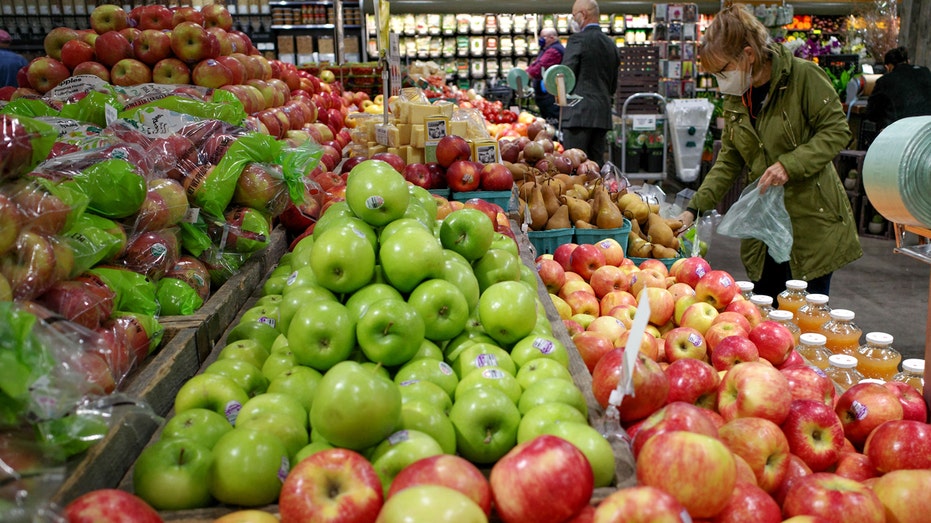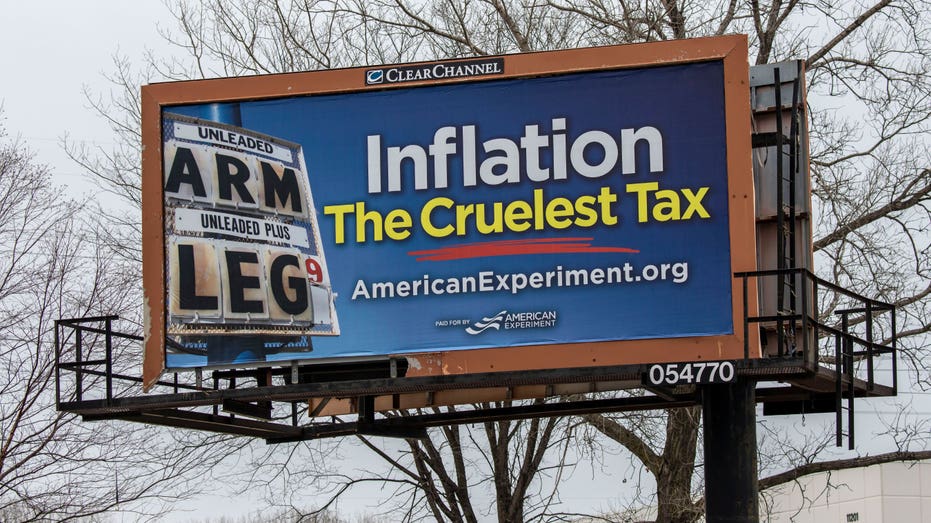Did wages keep up with inflation in 2021? Only for the wealthy, analysis shows
Inflation hurting the poorest Americans the most, Penn Wharton analysis shows
Inflation will slow corporate profits in 2022: Economist
Former Chase chief economist Anthony Chan weighs in on the inflation crisis in America.
The hottest inflation in four decades is inflicting financial pain on millions of Americans, but no one has been harder hit by rising consumer prices than the lowest-income households, according to a new analysis published on Tuesday.
Findings from the Penn Wharton Budget Model, a nonpartisan group at the University of Pennsylvania's Wharton School, show that although increases in wage earnings last year offset the higher cost-of-living due to inflation for most households with incomes between $20,000 and $100,000, that was not the case for the poorest Americans.
MOST SMALL BUSINESSES SINCE 1974 ARE HIKING PRICES TO OFFSET INFLATION
The months-long inflation burst is disproportionately hurting lower-income households, largely because they collectively spend more on necessities like energy, food and transportation – which has seen some of the wildest price swings over the past year – while wealthy Americans spend more on services, which has seen a smaller inflation increase.

Shoppers are seen inside a supermarket in Chevy Chase, Maryland on February 17, 2022. ((Photo by Mandel Ngan/AFP via Getty Images) / Getty Images)
For instance, the rise in prices in 2021 produced a wide range of increases in the cost of living across the income spectrum: For the median household, prices rose 6.7% from the end of 2020 to the end of 2021. But for 20% of households, the increase exceeded 8%. For the 5% of households facing the most extreme price increases, inflation was 10% or higher.
"These differences arise because consumption patterns vary widely across households," the analysis said. "Households that spend more on goods and services with faster-rising prices naturally face higher inflation. In 2021, a household’s inflation experience was closely linked to the share of its consumption spending accounted for by energy and transportation, items whose prices rose rapidly last year."
In all, the lowest-income households – those that earn less than $20,000 a year – saw their earnings rise by just one-third of their total increase in cost-of-living expenses.

Billboard on the cruelties of inflation in Coon Rapids, Minnesota. (Universal Images Group via Getty Images / Getty Images)
"Only households with incomes of $100,000 or more saw their annual wage income rise by significantly more than their consumption costs," the analysis said.
Although many workers experienced large wage gains last year, those increases were distributed unevenly across households, with the rise in wage growth concentrated among the lowest-paid 50% of workers. For the 25% of workers with the lowest wages, growth in hourly earnings increased from 4% at the end of 2020 to nearly 6.5% at the end of 2021. By comparison, hourly earnings growth for the highest-paid workers stagnated in 2021.
GET FOX BUSINESS ON THE GO BY CLICKING HERE
The wage gains for lower-income households, however, were not enough to overcome the sharp inflation spike experienced by those individuals. For instance, working households with income below $40,000 saw their cost of living jump 6.9%. But inflation for higher-income households – those above $150,000 – was smaller at 6.1%, largely because energy accounts for a smaller share of higher-income households’ spending.
Based on 2020 spending data, the median working household saw the cost of their consumption expenditure increase to $3,750 per household. The increase ranged from $2,000 for the lowest-income working households to $5,800 for the wealthiest.





















